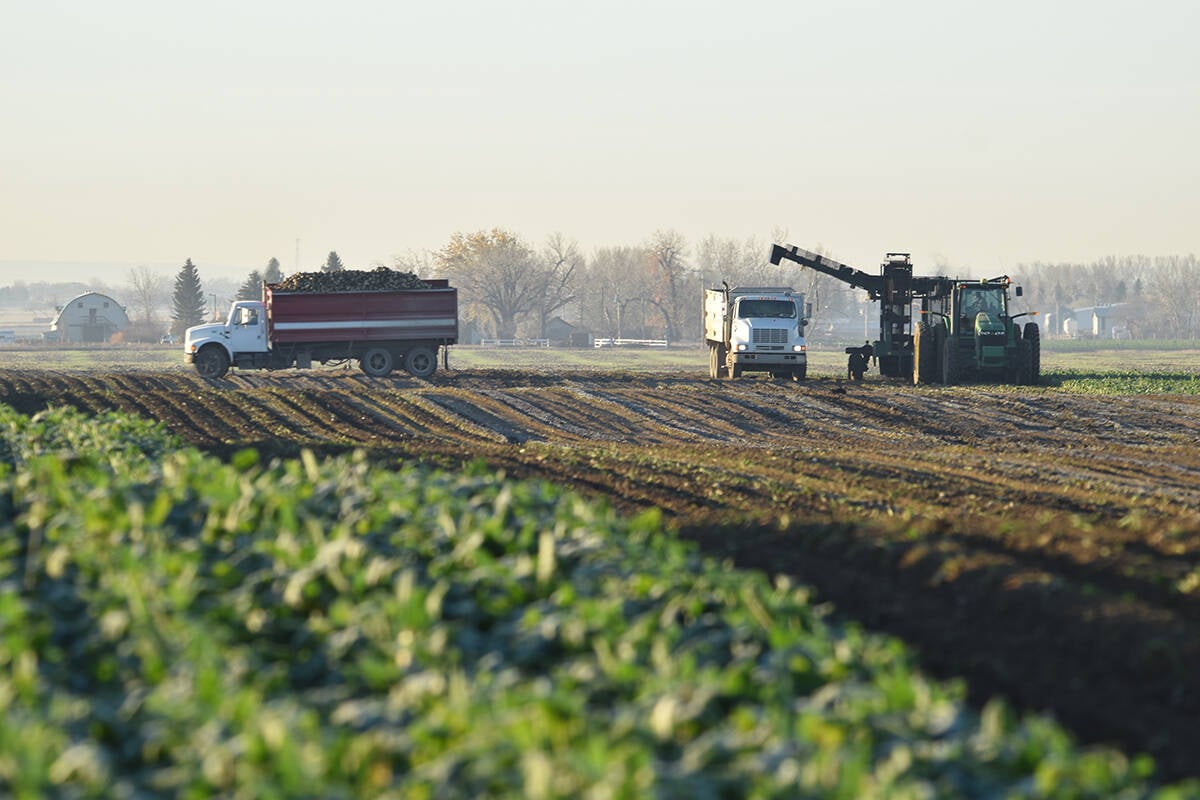BUENOS AIRES, Argentina (Reuters) – Intense rain across parts of Argentina’s farming heartland in early August and persistent dry weather in other areas will delay 2003-04 wheat plantings and could hurt plant development, says a government weather specialist.
Farmers in one of the world’s top wheat producers have planted 86 percent of the 15.2 million acres the government forecasts will be sown with wheat this year, but dry weather has slowed their progress in some areas.
The lack of rain is especially acute in Buenos Aires and La Pampa provinces – the country’s first and fourth largest wheat producers, respectively.
Read Also

Canada the sole G7 nation without a Domestic Sugar Policy to aid local sugar beet production
Canadian sugar beet industry vastly different to US with free-market system compared to protective government-regulated sugar program
“In La Pampa, the wheat still hasn’t gotten any rain and the crop is in bad shape. The outlook is rather bad,” said Stella Carballo, a specialist at the state-run National Institute of Climate and Water.
Heavy rain has improved the outlook for southwestern parts of Buenos Aires province that have been dry in recent weeks.
In central Buenos Aires and Santa Fe provinces, the rain caused flooding.
“It has rained a lot in these areas and we are starting to see problems with water-logged soil,” Carballo said.
Argentina’s 2002-03 wheat crop was the worst in seven seasons, as bad weather and economic uncertainty cut output to 12.3 million tonnes from 15.3 million tonnes the previous year.
This year unofficial government estimates and the U.S. Department of Agriculture’s forecast put Argentine wheat output at 14.5 million tonnes.
Carballo said rain was not in the forecast for at least the end of August in Buenos Aires province – good news for water-logged fields, but bad news for drier areas.














